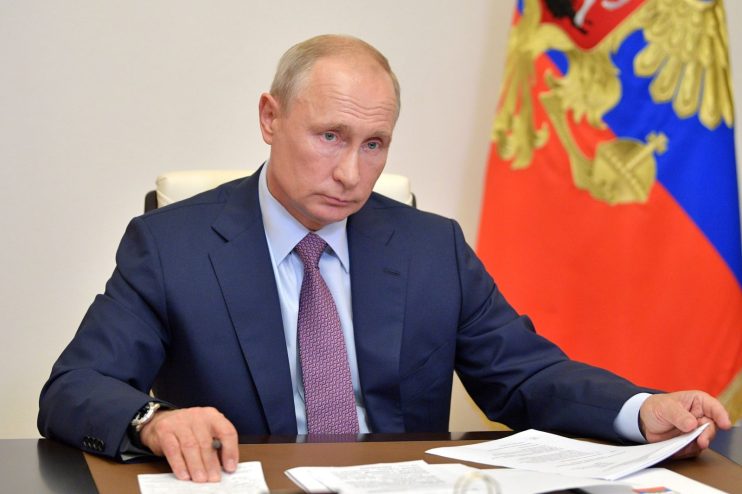Oil prices rebound as fears of Russia invading Ukraine rise

Oil prices have recovered from a slight hiccough over recent days, amid growing fears of Russian invading Ukraine and a consequent tightening in supplies.
While increases in US oil inventories headed off shortfalls in production from multiple OPEC members and initially dampened rallies on both major benchmarks, the growing potential for conflict in Eastern Europe has caused prices to rise again.
Brent Crude has increased 1.76 per cent to $87.79 per barrel, while WTI Crude has enjoyed a 2.05 per cent bump to $85.02.
Henri Patricot, equity research analyst, oil exploration at UBS told City A.M. prices will have been propped up by attractive geopolitical factors.
He said: “Oil prices have been caught in the broader market selloff this week but they are holding up well due to geopolitical tensionsand continued concerns around a tight oil market as oil demand continues to recover towards pre-Covid-19 levels.”
Currently, the US is in talks with major energy-producing countries such as Qatar and companies around the world over a potential diversion of supplies to Europe if Russia invades Ukraine.
The US previously ruled out military action in Ukraine following talks between US President Joe Biden and Russian premier Vladimir Putin, instead warning of potential sanctions.
However, it has now placed 8,500 troops on alert to be ready to deploy to Europe in case of an escalation in the Ukraine crisis, which the Kremlin said it was watching with great concern.
The International Monetary Fund has also warned any conflict between Russia and Ukraine could result in sustained price hikes .
Gita Gopinath, the fund’s deputy managing director, gloomily argued yesterday that conflict would mean “further increase in prices of oil and natural gas, and therefore of energy costs more broadly, for many countries in the world”.
Alongside fears of reduced supplies from Ukraine-Russia tensions, there are also continued issues with underinvestment in the sector as banks make it harder for oil giants to invest and acquire loans.
The market is also awaiting for US inventory reports from the American Petroleum Institute (API) and the US Energy Information Administration (EIA), which will both be published later this week.
Biden is keen to head off high oil prices ahead of the mid-terms in November and reduce the cost of living for millions of Americans.
Craig Erlam, senior analyst at OANDA, argued that Biden’s only play at this point appears to be to publicly call for OPEC+ to pump more and coordinated strategic reserve releases.
Previous calls from Biden for OPEC and its allies to increase production above current rates of 400,000 extra barrels per day have so far fallen on deaf ears.
In fact, multiple members are failing to even reach their relatively modest production increases amid capacity issues and fears of a supply glut this quarter.
He said: “I expect we’ll continue to see more of the same message from the White House as they can’t be seen to be doing nothing. But his hand is quite weak and it would take a massive release of reserves to make any real difference, which won’t be easy to do. And ultimately, OPEC+ could easily offset it.”
Ron Smith, senior oil and gas analyst at BCS Global Markets also downplayed Biden’s ability to influence market prices.
He said: “Whether or not Biden will intervene is purely a political, not markets question. That being said, if oil goes over $100 a barrel before the midterm elections, I would not be surprised if the Biden Administration decided to make another symbolic release of reserves. In reality, it is unlikely to have any meaningful or lasting effect on the price of oil.”